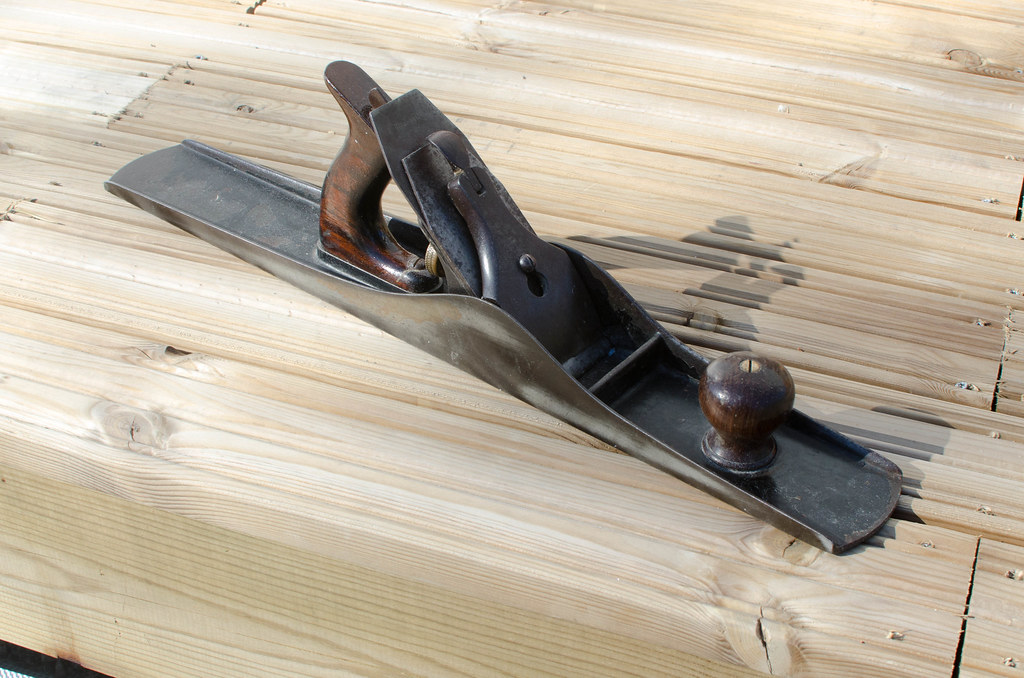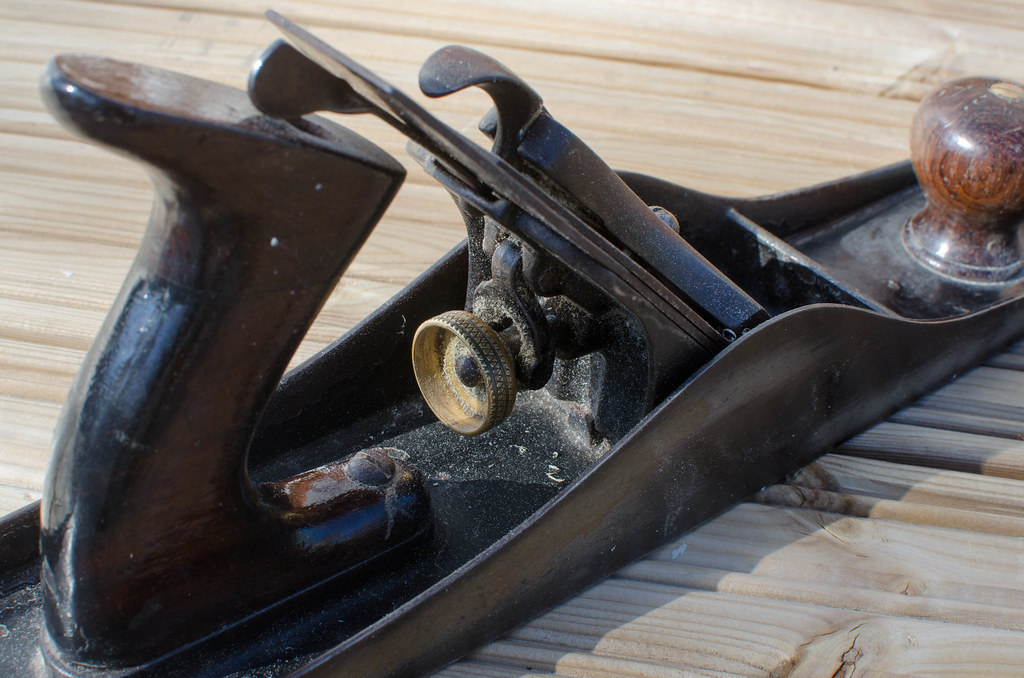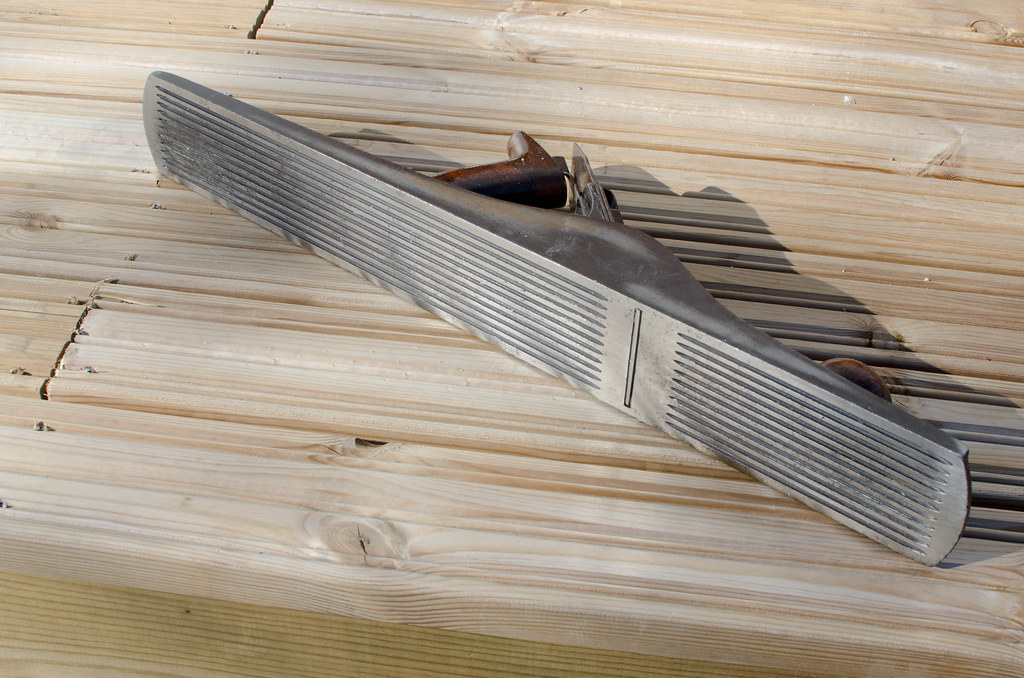I've been offered to buy the plane mentioned in the thread headline, it's from a person I know in real life. He originally asked 60 euros for it but I declined because I thought it was too much, and the sole needs to be flattened and the blades heat treatment is in bad shape, needs a replacement or re-tempering.
He recently let me know that he's willing to drop the price a bit, I'm not sure what it's worth, what would you give for one?




 Reply With Quote
Reply With Quote






